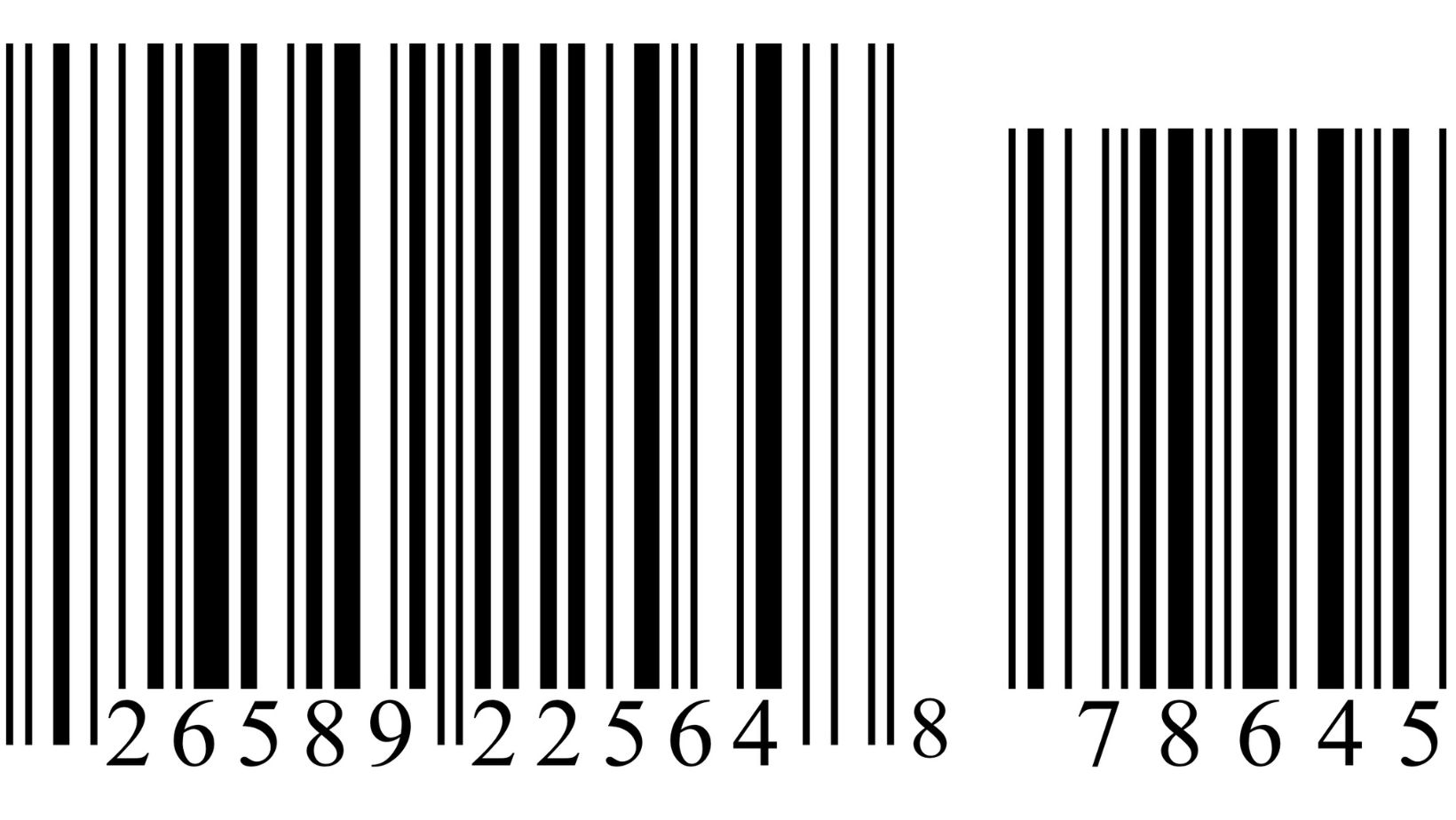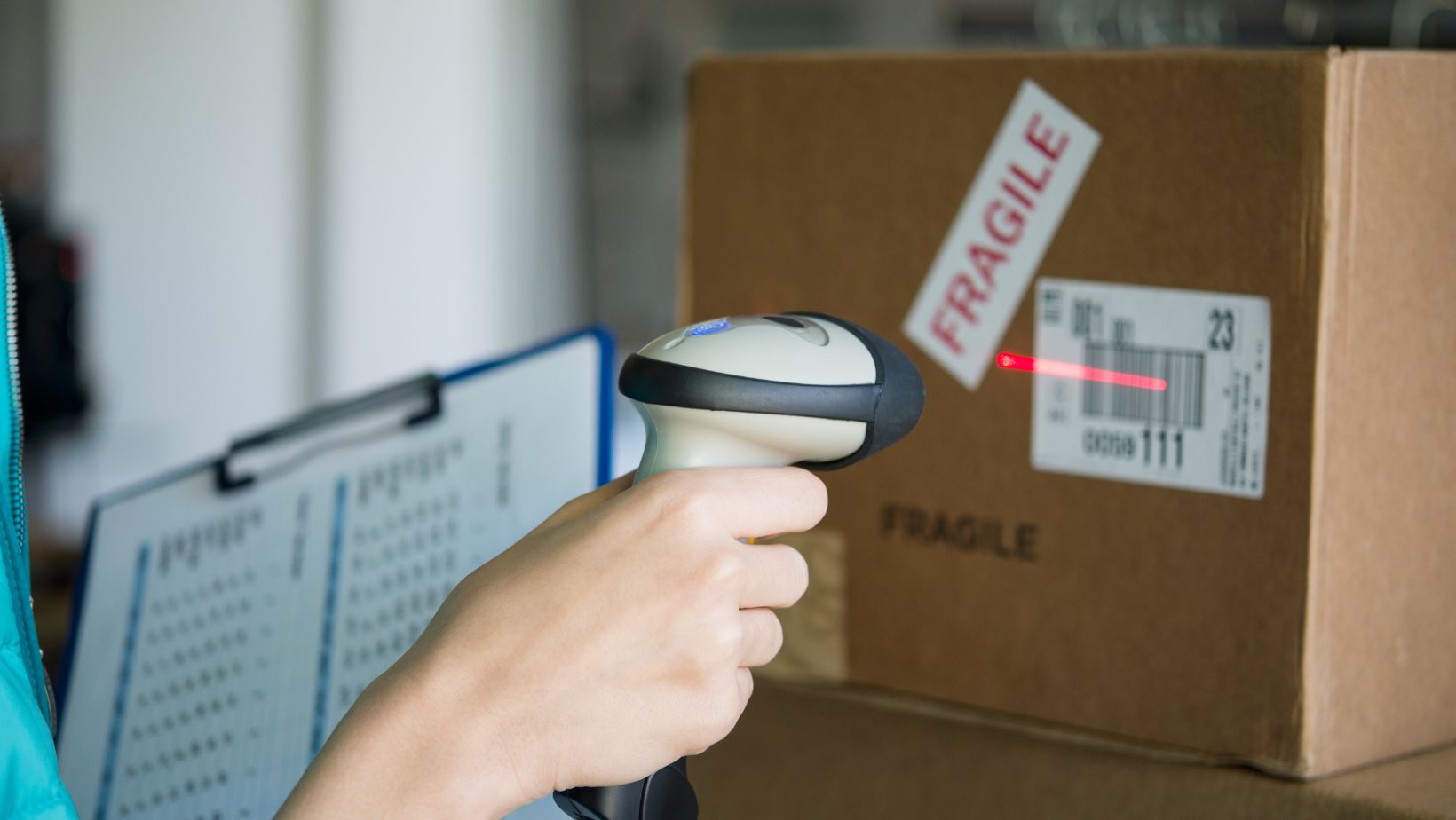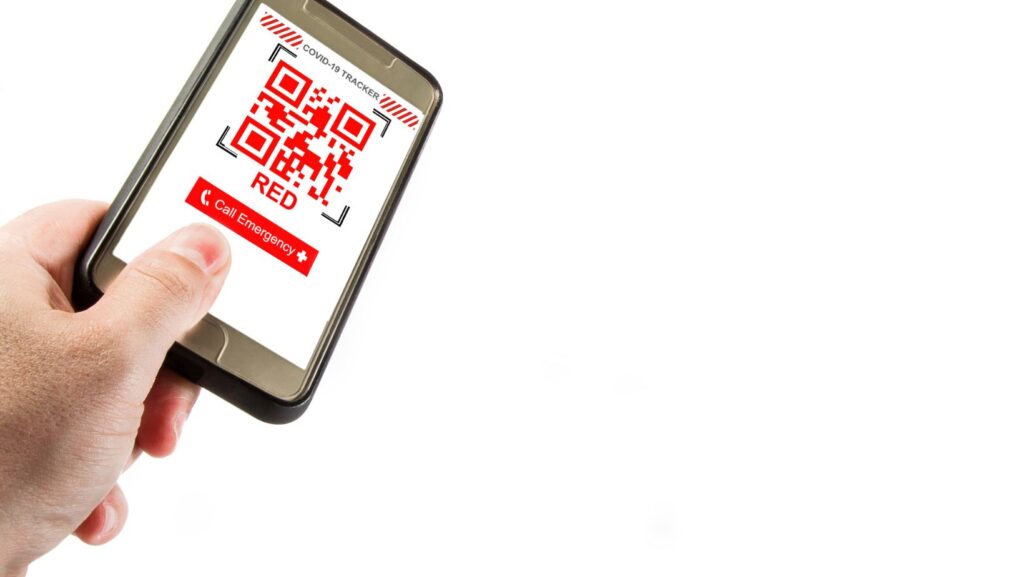Every year, maintenance departments lose countless hours and dollars searching for misplaced MRO materials or dealing with stockouts of critical spare parts. Better control over these maintenance supplies is essential for operational efficiency and cost management. How can barcode scanning and RFID technologies improve MRO material’s traceability?
Barcode scanning and RFID technologies improve MRO materials traceability by tracking inventory movement, automating data collection, and reducing human error. Studies show these systems can improve inventory accuracy by up to 99% and reduce search times by 75%.
While this answer highlights the core benefits, there’s much more to consider about implementation. Different types of tracking technologies suit different environments and budgets, and understanding these nuances can help you choose the right solution for your specific maintenance operation. For more on this visit the site.
Which Type Of Tracking Technology Is Right For Your MRO Operation?
Barcode scanning represents the most cost-effective and widely adopted solution for many maintenance departments. Basic 1D barcodes work well for tracking individual parts and can be implemented with minimal scanning equipment and label printing investment. 2D barcodes like QR codes, can store more information and remain readable even when partially damaged, making them ideal for harsh industrial environments.
While more expensive initially, RFID technology offers advantages for high-value parts or situations requiring hands-free tracking. Passive RFID tags are more affordable and work well for items within close range, while active RFID tags provide longer reading distances and real-time location tracking but come at a higher cost. The choice often depends on factors like budget, facility layout, and the value of materials being tracked.
What Are The Implementation Steps For A Successful MRO Tracking System?
Starting small is crucial for success. Begin by first identifying your highest-value or most critical MRO items and implementing tracking for these.

This approach allows you to test the system and processes with a manageable subset of inventory before expanding. Create standardized procedures for labeling and scanning, and ensure all relevant staff receive proper training. Integration with existing maintenance management software is another key consideration. Many modern CMMS systems include built-in barcode and RFID tracking support, which can streamline implementation and provide immediate visibility into inventory movements and usage patterns.
How Do These Technologies Impact Maintenance Team Productivity?
The most immediate benefit is the dramatic reduction in time spent searching for parts. When every item has a designated location and tracking code, technicians can quickly locate needed materials without hunting through multiple storage areas or checking paper records. This efficiency translates directly into more time spent on actual maintenance tasks.
Furthermore, automated tracking helps prevent stockouts by providing accurate, real-time inventory levels and enabling automatic reorder points. This means maintenance teams spend less time managing inventory and dealing with emergency parts orders, allowing them to focus on their core maintenance responsibilities. Studies indicate that properly implementing these technologies can reduce parts-related maintenance delays by up to 40%.
What Are The Long-Term Cost Benefits Of Implementing MRO Tracking Technology?
While the initial investment in barcode or RFID systems may seem significant, the return on investment typically becomes clear within the first year of implementation. Organizations regularly report inventory optimization and carry 15-30% cost reductions through better visibility and control. This comes from reducing excess inventory, preventing unnecessary duplicate purchases, and minimizing emergency orders.
The financial benefits extend beyond direct inventory costs. Better tracking leads to improved maintenance scheduling, reduced equipment downtime, and more efficient use of maintenance labor. When combined with the reduction in lost or misplaced parts, these improvements often result in total cost savings of 10-20% in annual MRO spending.
How Can You Ensure Employee Buy-In For New Tracking Systems?
Success with any new tracking system depends heavily on consistent use by maintenance staff and inventory handlers.

The key is demonstrating how the technology makes their jobs easier rather than adding administrative burdens. Start by involving key team members in the selection and implementation process, allowing them to provide input on workflow and usability concerns.
Clear communication about the benefits is essential. Share specific examples of how the system will eliminate common frustrations, such as time wasted searching for parts or dealing with stockouts. Provide comprehensive training that focuses on how to use the technology and how it fits into the bigger picture of maintenance operations. Regular feedback sessions during the initial implementation period help identify and address any concerns quickly, ensuring long-term adoption and success. Success stories from other departments or facilities can also help build confidence in the new system. When employees see concrete examples of how similar operations have benefited from these technologies, they’re more likely to embrace the change and actively participate in making it successful.
Conclusion
Before fully implementing barcode or RFID technology, conduct a small pilot program with your most frequently used MRO items. Select 20-30 critical spare parts, implement basic barcode tracking for these items, and measure the impact on search times and inventory accuracy over 30 days. This controlled test will provide valuable insights into the potential benefits for your specific operation while helping you identify any process adjustments needed for a broader rollout.



